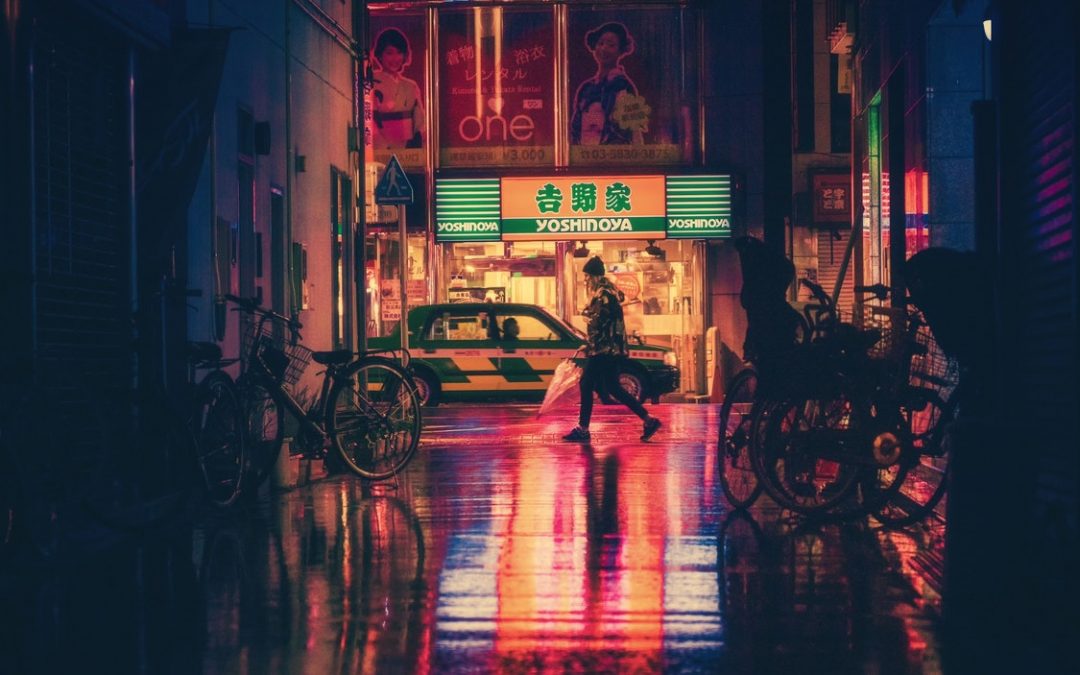If you’ve ever wondered how neon lights from Neon Mama work, you’ve come to the right place. This article will explain the Gases and Their Effect on the Color, Intensity, and Wavelength of Neon Lights. If you’re a science geek, you’ll appreciate knowing more about this iconic light fixture. Read on for an introduction to neon lights and what makes them so amazing! And don’t forget to bookmark this article for future reference.
Gases Used in Neon Lights
Neon lights have been a popular advertising medium for a long time, and their value to businesses has never been in question. The first commercially viable neon lights were introduced in the early 1900s and were first used by sign proprietors who were looking for indirect light. Spotlights were typically bright bulbs placed around the borders of signs. As technology progressed, neon signs took on their own identity and began to dominate the advertising landscape.
Neon is made of glass tubes that are shaped by skilled glassworkers. These neon lights contain noble gases, which have different characteristics and colors. The noble gases include argon and krypton, which light up a blue, green, or pink hue. The modern version of neon lights uses led technology, which means they use less energy and can be easily installed. And because they are energy-efficient, they have been popular since their introduction.
While many of the elements of a neon light are made of lead glass, the main components of these bulbs are the electrodes. In order to produce light, a current is passed through the glass tubes using an alternate current (AC). This energy transfers through the electrode to produce light. The energy transfer is based on electrons that escape the bonds of atoms in the glass tube, which release energy by releasing light. The color of the light produced depends on the energy level and other elements.
In the early 1900s, neon gas was discovered in the air. The first neon light signs were red. As the gas became more popular, it became affordable for businesses and homes alike. While neon lights were once very expensive, they are now an excellent option for decorating any room, whether it is a cafe, restaurant, or bar. They are highly visible and don’t require much maintenance. They are a great option for decorating a business or restaurant at night.
Today, neon lights come in a variety of colors, and they can be categorized into two groups: yellow and red. Their primary purpose is to produce light and are used for advertising and for attracting customers. They are also available in a variety of shapes and sizes. They are made up of different gases, and it is important to understand which one is used for your specific lighting needs. It is essential to understand exactly what is used in a neon light.
Their Color

If you are a fan of neon lights, you will be fascinated to learn about the science behind them. They are made from gases that are inert and never form stable molecules. Then, they are built into gas discharge tubes, and this allows them to give off light of any color. The light produced by neon lamps is orange in color, but they can also emit other colors when they are mixed with other gases. In fact, there are over 150 different colors of “neon” that you can choose to look at!
Claude first patented his invention in 1891, and it wasn’t until the 1920s that he applied it to neon. He inserted the purified gas into a glass tube and used an electric current to zap the gases and create luminous reactions. As time went on, these lights were used in advertising, and eventually became ubiquitous. They were even used in the early days of computers, where they served as displays and circuits.
The gas that gives neon its orange color is called argon. Other noble gases can be used in neon tubes to produce other colors. Since these gases are in such tiny amounts, it is easy to fabricate them into artistic shapes, such as letters and pictures. Currently, neon lights are most widely used for glowing signage. During the 1920s and into the 1960s, neon signs were widely popular, but now you can find neon lights all over the world!
The colors of neon light are caused by the chemical reaction between argon and the gas that creates neon. Argon is a much weaker gas than neon, which makes it an ideal candidate for producing other colors. When combined with colored vacuum tubes, the mixture of these two gases can create blue, green, or yellow. This way, you can easily create a neon sign that looks like it’s made out of colored glass.
In 1898, two Scottish chemists, William Ramsey and Morris Travers discovered that the gas is stable and non-reactive. They later used it to create the first neon sign. Neon is widely used for signs and decoration today. And the gas is so stable, that it can last anywhere from 8 to 15 years! So, if you have ever wondered how they are made, you can now read all about them! It’s fun and you’ll be amazed at just how much you can learn about neon and its history.
Their Intensity
Neon lights are bright, reliable, and colorful. These lamps contain tiny amounts of inert gas, neon, which is charged with electrons. As the voltage increases, the atoms collide, emitting light. The color of the light produced depends on the type of gas used to create the neon. For example, helium emits a yellow glow, while mercury emits a blue glow. In addition, there are a variety of colors created by combining different inert gases.
The glow produced is a result of electrons being redirected back to molecules and captured by atoms. This is a process known as photoluminescence, and the energy is converted to light by the electrons. Different gases used in neon lights produce different colors, including red, orange, and blue. In addition to the gases, the bulbs also contain fluorescent pigments. These are baked into the glass tubes, creating a unique color.
The basic design of neon lights can be traced back to scientific experiments. In 1856, a German named Heinrich Geissler was the first to produce a light source by passing an electrical current through a low-pressure gas in a glass tube. Subsequent experiments proved that almost all gases conduct electricity and produce light, but most are incompatible with electrodes in sealed tubes. As a result, Sir William Ramsay developed a process of fractional distillation of liquid air, resulting in high-quality neon lights.
Their Wavelength
The wavelength of neon lights is usually measured in nanometers (nm). A monochromatic neon lamp’s wavelength is 670.5 nm. The light it emits is reflected onto a photosensitive material, which has a stopping voltage of 0.48 V. If the source light is changed to a different wavelength, this voltage changes as well. When this happens, neon lights are said to be bi-chromatic.
In order to measure the wavelength of light, we need to understand the mechanism behind the lamp. Neon lights are composed of electrified glass tubes containing rarefied gases. They are a type of gas-discharge light. Their wavelength is determined by the gas’s characteristic wavelength. Neon lights emit light of various colors, and the intensity and color of the light vary according to the gas’s wavelength.

